Kenya has a coast of 400 km that is full of shells and corals, mountain ranges, and boundless areas of savannahs where the red color of the earth contrasts with the intense blueness of the sky.
Check out these amazing hotel deals!
- Save up to 30% on your hotel in Hawaii!
- Last-minute holiday hotel deals
- Top hotel deals for a new year trip
- Visiting Paris? Find the Best Deals & Reviews at TripAdvisor.
- Save 30% on hotels in Ocean City, Maryland...a TripAdvisor Top 10 Summer Destination!
- Save up to 30% on your hotel on your Winter Vacation!
- Find top-rated hotels at the lowest prices on TripAdvisor. Check rates now!
- Save up to 30% on hotels for a romantic getaway!!
Having said so, this country is the best representation of the African continent. It is an ideal destination for many people and is popular for its desirability for mass tourism.
Here you can find wild animals such as lions, elephants, and rhinos. From the capital, Nairobi, several safaris cross the Masai Mara reserve, famous for the annual migrations of wildebeest, and the Amboseli National Park, from where you can be awed of the famous Mount of Kilimanjaro (5,895 meters), located in Tanzania.
The climate in Kenya varies from area to area, so to know when to go you need to make a distinction according to the region. Let us try to discuss it further by enumerating them.
- Plateau and national parks (Nairobi, Masai Mara, Amboseli, and Tsavo): the perfect period to go there is in January, February, March, October, and November.
- Coastal areas (Malindi, Mombasa): The period is from October to March, which corresponds to the Kenyan summer as well as the peak of the tourist season.
- Northern Region (Lake Turkana, Lodwar): July and August are the coolest months. There may be scarce and unexpected rainfall in the periods of March to May and October to December.
The best time for a Safari in Kenya is in January and February during the dry season or between June and September, when you can admire the great migration of wildebeest from the Serengeti in Tanzania, in the Masai Mara nature reserve.
The peak of the tourist season runs from January to February and, thereafter, from June to September. Between March and May (and to a lesser extent from October to December) rains occur which usually not a hindrance if you love hiking.
So it is in these months that you will find a good blend between climate and cost. Here are some more facts that you should know before you set a trip to Kenya.
Period to avoid (General)
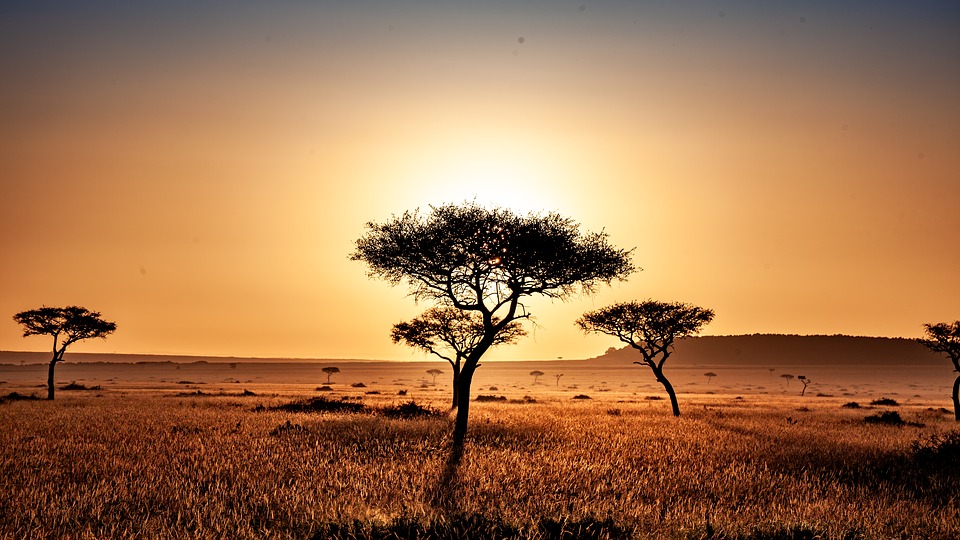
- On the highlands and national parks: the least desirable period is from March to May;
- On the coast: April to June are generally the wettest and those with the greatest risk of flooding, especially in April in inland areas and May on the coast;
- In the northern part: the climate is arid all year round.
Risks and Dangers
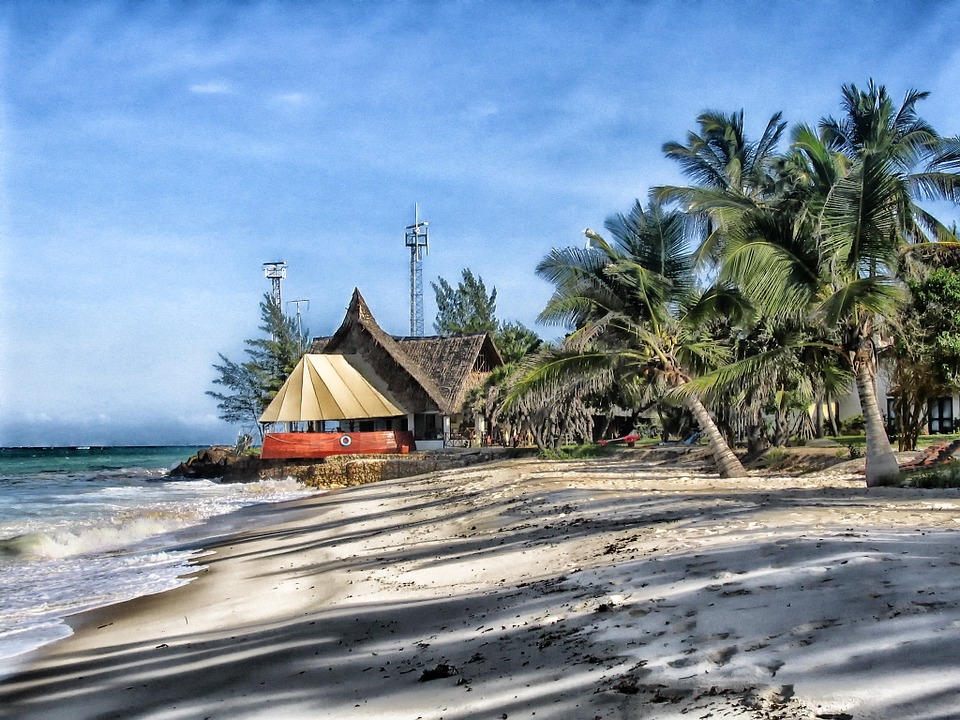
Kenya is not in the trajectory of tropical cyclones, however, the coast which is located south of the Equator could be affected (in fact it has never happened in recent decades). In rare cases, the coast can suffer the effects of cyclones that form in the Indian Ocean, which bring rain in November and December.
Climate and Seasons
Kenya is cut in two by the equator and has three different types of climate:
- Hot: temperate in the west and southwest where there are mountains, parks, and plateaus.
- Humid: torrid in the northern part.
In general, February to March is the hottest period while July to August is the coolest. Based on the wind, the dry season runs from October to March, when the warm winds coming from Arabia are dominant.
On the other hand, the humid season is experienced from April to September with the cooler winds coming from the Indian Ocean prevails. At the beginning of the two periods, rainfall is evident.
The “season of long rains” runs from March to May, and the less intense “season of short rains” is from October to December.
Precipitation is more abundant on the coast and in the south-west. It occurs in the form of an afternoon or evening thunderstorm and is quite irregular.
Average temperatures and precipitation
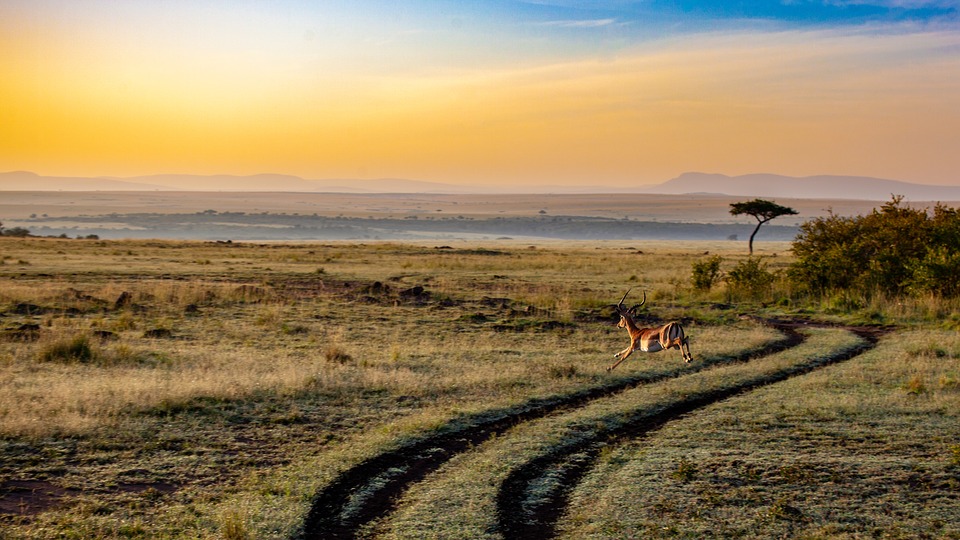
On the highlands, the climate is mild and the temperature, as well as the rainfall, vary depending on altitude and exposure. The higher you go, the greater the risk of rain.
In the capital Nairobi, it is pleasant during the day, cool at night with maximum temperatures of 21/22 ° C from June to August and minimums of 10/11 ° C, while from January to March (warmest months) maximum temperatures of 25/26 ° C and minimum on 12/14 ° C.
The rainy season is March to May and October to December and is presented in the form of torrential and thunderstorms. The sunniest months are January and February.
However, the Masai Mara wildlife reserve, which is located at 1500 meters, does not have completely dry periods but the wettest month is April while the least in July.
Temperatures vary from 25 to 28 degrees throughout the year, the minimum is about 12 ° C. Moreover, the parks of the south-eastern area of Kenya are also hot and arid, but to a greater extent than the heart of the plateau. Great examples are Amboseli National Park and Tsavo National Park have highs almost always above 30 ° C, the lows are at 20.
Finally, in the highlands north-west of Nairobi which is above 2,000 meters in July and August, the rains are abundant. Months generally are not rainy in the rest of Kenya. So it is safe to say that the relatively dry time is from October to March.
Recommended period (Coast)
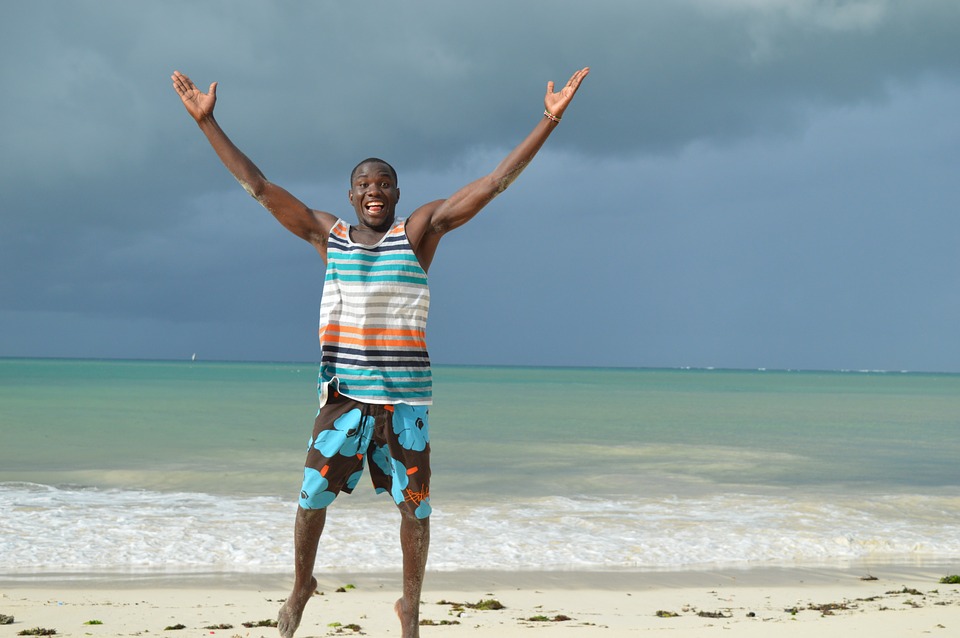
In January and February, it is ideal to go there however from March the rains begin and reach their maximum peak in April and May (months not recommended).
From June to September, the climate is perfect it is the other peak season after January to February. From October to December tourists decrease, there is less sun and rain, but it is still a good time to visit Kenya.
On the coast, it is very hot from November to March, with a lot of humidity and highs around 31 to 32 degrees and peaks of up to 36 to 37. The temperature is more pleasant from June to August when it drops to around 28 degrees.
In January and February, it rains little, in March and December, some rain showers are possible, especially in the south (Mombasa).
The long rainy season is from April to June, with May being the wettest month. The best months are August and September with lesser heat and rains.
What to bring on your trip?
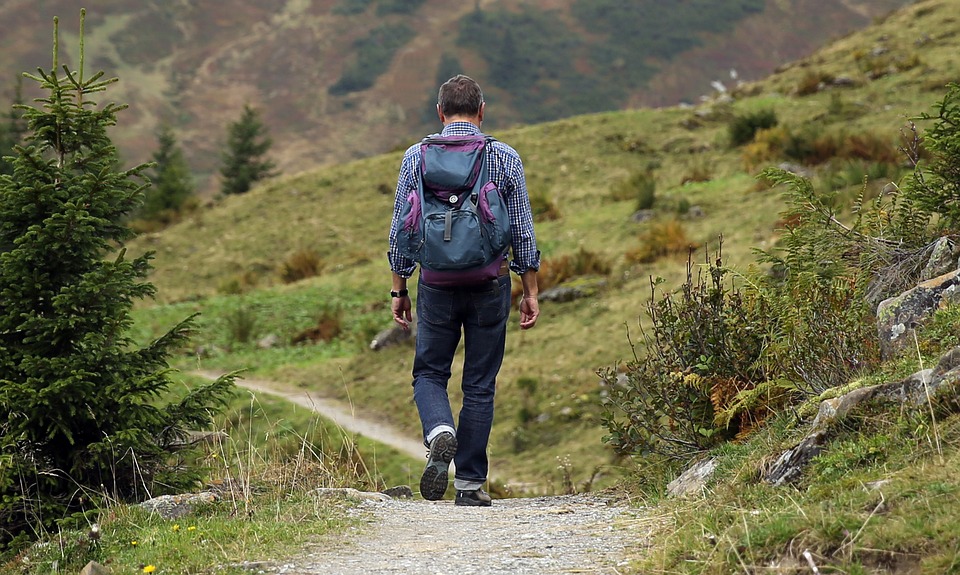
For the coast (Malindi, Mombasa) and Tsavo National Park specifically in June to August (winter), you should wear the following:
- light clothes
- sweatshirt for the evening
- scarf for the afternoon
- light raincoat
For Nairobi, the Masai Mara you should consider bringing the following:
- Light clothes for the day
- sweater and jacket for the evening
- a light raincoat or umbrella
For the highlands which is anywhere above 2,000 meters, bringing the following is a must:
- Spring/autumn clothes
- Warm jacket
- Hat
For the north and Lake Turkana:
- Very light
- Opaque clothes in natural fabric
- Desert turban
- Sun hat
For the mountains wear trekking shoes and, for the top of Mount Kenya (all year round), suitable clothing for the cold weather are the following:
- Jacket
- Cap
- Gloves
- Scarf
- Sunglasses
- Sunscreen
Finally, for water adventures, the following are a must-have:
- snorkeling equipment
- water shoes
Useful Facts About Kenya
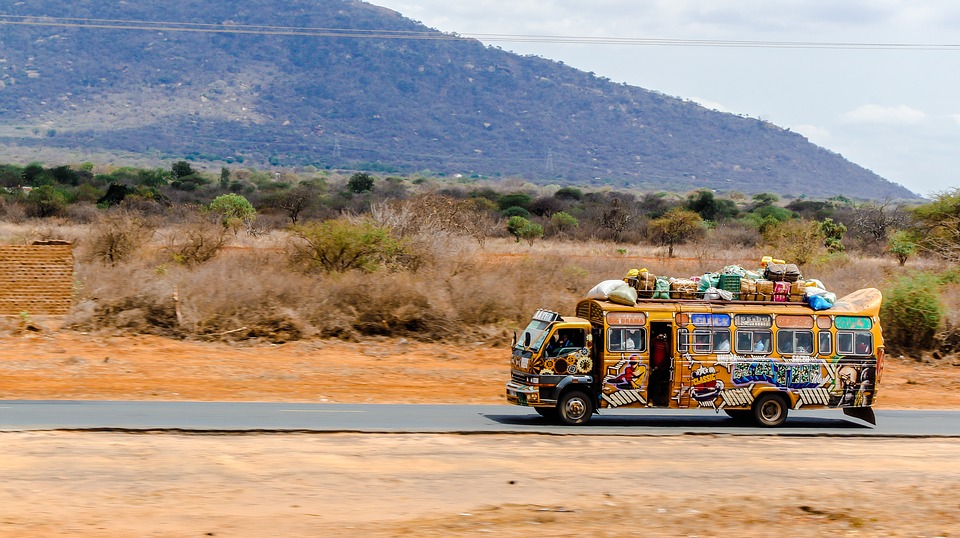
- Capital: Nairobi
- Population: 48.46 million
- Surface: 580.367 sq. Km
- Languages: Swahili language and English language
- Currency: Kenyan shilling (Ksh or Kes) / Exchange rate: € 1.00 = 118.14 Kes; 1 Kes = 0, € 0085
- Documents: Must have a passport with residual validity of at least six months and a tourist visa. The stay is limited to three months.
- Vaccinations: there are no compulsory vaccinations, but those for yellow fever, hepatitis A, hepatitis B, malaria, typhus are recommended. The most recommended by doctors is malaria prophylaxis.
Take Note
Also, to avoid widespread gastrointestinal infections it is recommended not to eat raw food, always drink filtered water without ice or just buy bottled ones.
Check out these amazing hotel deals!
- Save up to 30% on your hotel in Hawaii!
- Last-minute holiday hotel deals
- Top hotel deals for a new year trip
- Visiting Paris? Find the Best Deals & Reviews at TripAdvisor.
- Save 30% on hotels in Ocean City, Maryland...a TripAdvisor Top 10 Summer Destination!
- Save up to 30% on your hotel on your Winter Vacation!
- Find top-rated hotels at the lowest prices on TripAdvisor. Check rates now!
- Save up to 30% on hotels for a romantic getaway!!
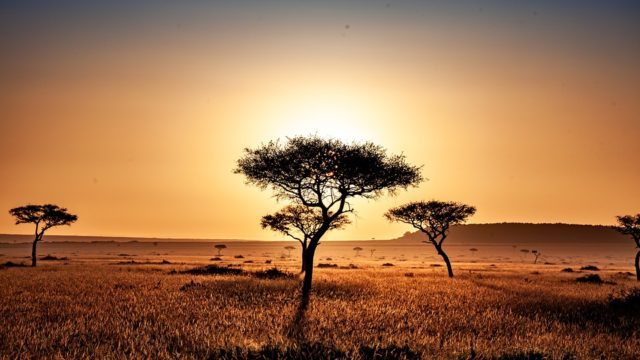
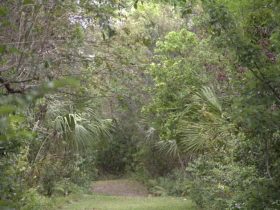




Find Us on Socials